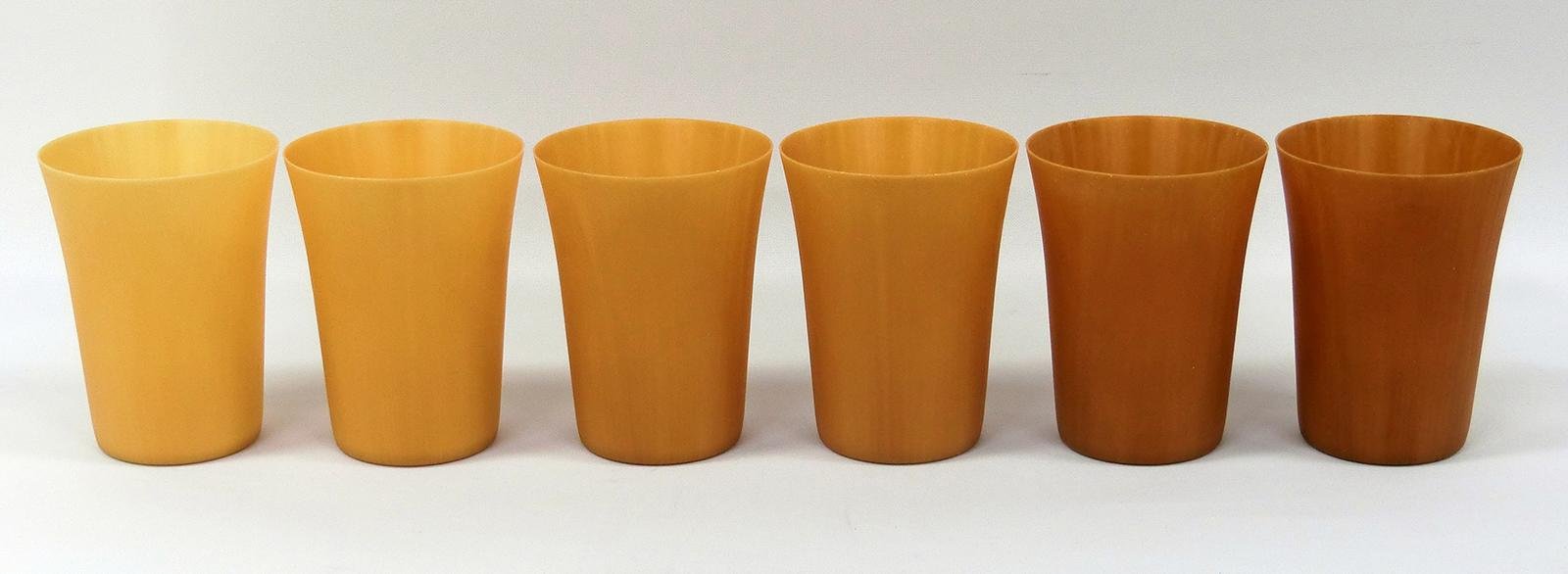due to their lightweight and insulative properties. However, these conventional foams pose a significant threat to the environment as they are not biodegradable and contribute enormously to plastic pollution. As sustainability and environment protection gain more importance globally, there is a need to shift to more eco-friendly alternatives that can minimize the ecological footprint. Biodegradable foam made from renewable biomass is one such promising solution.
Need for Biodegradable Foam
Conventional petroleum-based foams are not biodegradable and persist in the environment for a very long time after disposal, breaking down into microplastic particles that pollute soil and water bodies. Polystyrene foam (commonly known as styrofoam) can take hundreds of years to decompose in landfills. This poses a severe threat to wildlife and contaminates the food chain. Around 300 million tons of plastics are produced annually worldwide, out of which only 9% is recycled. The remaining leads to environmetal damage.
Biodegradable foam helps address this urgent issue of plastic pollution as it completely breaks down into natural elements like carbon dioxide, water, and biomass within a few months when disposed under composting conditions. This ensures there is no harmful buildup of non-degradable waste in the environment. Being produced from renewable plant-based materials also makes it a more sustainable alternative to petrochemical foams.
Types of Biodegradable Foam
There are different types of biodegradable foams available produced using various natural raw materials:
– Starch-based foams: Starch polymers extracted from agricultural crops like corn, potatoes etc. are processed into biodegradable foam sheets and blocks using extrusion technology. Starch foams have good mechanical strength and insulative values.
– Polylactic acid (PLA) foams: PLA is a bioplastic made from corn starch or sugarcane and forms an excellent raw material for producing molded and extruded biodegradable foam. PLA foam has high strength and rigidity.
– Protein-based foams: Proteins from animal sources like gelatin or plant proteins like soy and pea can be converted into biodegradable foams using casting, molding or thermoforming. Protein foams are absorbent and compostable.
– Microbial polyester foams: Polyhydroxyalkanoates (PHAs) produced by microbes during fermentation are utilized to manufacture sturdy and flexible foam sheets with insulation properties.
Applications of Biodegradable Foam
The applications of Biodegradable Foam parallel those of conventional petroleum-based foams due to their comparable mechanical properties and versatility:
Packaging applications: Biodegradable foam fillers, loose fill packing peanuts, cushioning sheets find widespread use in packaging fruit, vegetables, electronics, fragile goods etc. They provide protection during transport and are discarded after use without pollution.
Automotive: Seat cushions, headrests, molded interior trims, dashboards use biodegradable foam to provide comfort and insulation without toxic emissions.
Furniture: Cushion pads, mattresses, sofa filling utilize biodegradable foam for comfort and support without harming environment at disposal.
Insulation: Construction boards, panels insulate buildings from heat, cold, moisture effectively and decompose without landfill burden at demolition.
Growing Demand and Manufacturers
Numerous startups and companies globally are engaged in commercial production of various types of biodegradable foams to satisfy the growing consumer demand for sustainable alternatives. Some prominent biodegradable foam manufacturers are BioFoam, FXI, Vita, FP International, Ecovative Design etc. The largest producers are located in North America and Europe currently but Asia is fast emerging as a major hub due to policy push for eco-friendly materials. The global biodegradable foam market value is projected to rise significantly in coming years.
Regulations for Phasing Out Conventional Foam
Multiple countries and organization worldwide have also implemented regulations to phase out use of hazardous petrochemical-based foams and promote transition to biodegradable alternatives. European Union has banned oxo-degradable plastics that fragment into microplastics. California recently passed a legislation prohibiting styrofoam food packaging. Many retailers and restaurants have voluntarily shifted to more sustainable biodegradable packaging foam and food containers. These policy level interventions are aimed at curbing plastic pollution and fostering a circular economy based on renewable resources.
With depletion of fossil fuels and growing environmental challenges, the need of the hour is to switch from petrochemical based products to earth-friendly bio-based alternatives. Biodegradable foam made from annually renewable biomass through eco-friendly processes addresses this need admirably. As awareness increases among consumers and regulations promote its adoption, biodegradable foam promises to play a key role in sustainable development by minimizing plastic waste and pursuit of a greener future.
Note:
1. Source: Coherent Market Insights, Public sources, Desk research
2. We have leveraged AI tools to mine information and compile it



